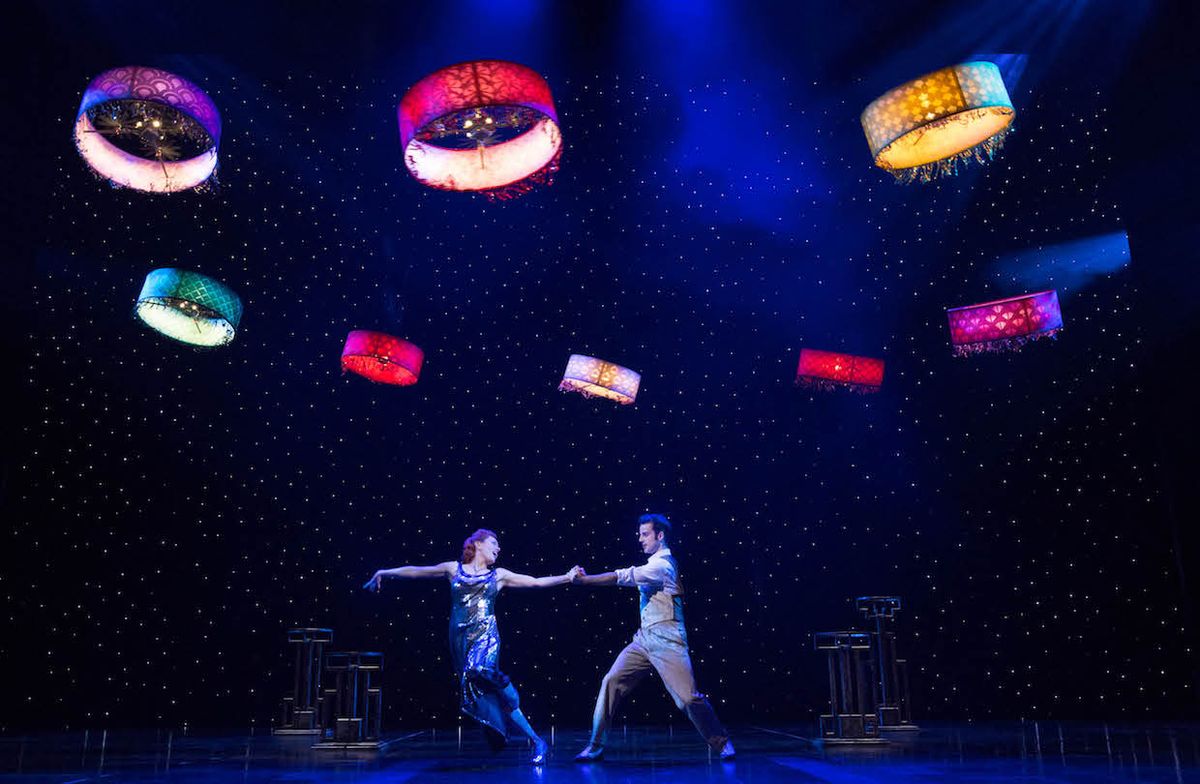Verity Studios, which took precision drone swarm technology from ETH Zurich and turned it into a spectacular live event display system, has announced a round of Series A funding totaling US $18 million from Fontinalis Partners, Airbus Ventures, Sony Innovation Fund, and Kitty Hawk. This is a lot of money for a company that most people may not know exists even if they view a Verity-powered drone show firsthand, but that’s part of what makes Verity special: Everything they do is reliable, seamless, and safe, leading to experiences that have a truly mesmerizing effect.
The reason we follow companies like Verity so closely, and the reason why we’re happy when they get funded, is because they’ve managed to transition some fairly amazing robotics research into a successful business, which is a very difficult thing to do.
The kinds of things that make Verity special come from over a decade of work at the Flying Machine Arena at ETH Zurich, led by Professor Raffaello D’Andrea, a lot of which we’ve covered in the past. For example, Verity’s drones are fully redundant, able to recover from “a failed battery, a failed motor, a failed connector, a failed propeller, a failed sensor, or a failure of any other component ... through the duplication of critical components and the use of proprietary algorithms, which enable safe emergency responses to component failures.” Here’s what this looks like, based on research that we covered in 2014.
Verity says it has made a significant amount of progress with its drone swarm control and safety systems, although much of that will probably be wrapped up in custom and proprietary technologies—the kind of stuff that makes Verity worth that $18M Series A.

The good news is that it sounds like Verity might partner with commercial drone companies to make other drones more robust and reliable as well. For some details on that, as well as a bit more info on what makes Verity unique, we spoke briefly via email with cofounders Markus Waibel and Raffaello D’Andrea.
IEEE Spectrum: Safety is of course a big issue with drones, especially in performances with an audience, and it seems Verity has developed something really unique. Can you give us an overview of the safety features that makes this possible?
Markus Waibel: In 2016 we worked with Cirque du Soleil to bring drones to Broadway in the musical Paramour. Our Stage Flyer drones performed in front of large audiences and above actors for over 390 performances. Having our client operate these large, 1-kg drones above people’s heads, live on Broadway eight times a week was only possible because we had engineered the complete drone show system around safety and reliability, from the ground up.
We developed drone failsafe technologies to ensure the safety and reliability of our drones in public performances. And this approach did not stop at the technology but extended to all aspects of the system–from our internal procedures and processes to the training of the show’s automation operator and the theater stage hands who operated the drones, day in and day out. It’s really that bottom-up approach that allowed us to sleep soundly at night knowing that these “dancing lampshades” were flying over people in front of a 2,000-strong audience, night after night, without safety nets. In their one-year run, the drones performed more than 7,000 autonomous flights, without a single safety incident.
The technology underpinning that track record has much broader applicability, far beyond live events. Our drone failsafe technologies can be incorporated into drone manufacturers’ platforms to significantly increase the safety and reliability of today’s drones. The core technology is algorithm-based and can be applied to any multicopter, including a quadcopter. For example, when one of the motors of a quadcopter fails, then the drone will spin to stabilize itself and can perform a controlled landing.
The Broadway drones pushed this technology even a step further, creating a quadcopter without any single point of failure. As more drones continue to populate the sky for photography, commercial uses, and industrial applications, safety is a key consideration. It will only grow in importance in the years to come, and we are working with leading drone manufacturers to bring this technology to the broader markets.

What are the biggest lessons in terms of designing and building real-world robots that you brought from Kiva Systems [now Amazon Robotics] to Verity?
Raffaello D’Andrea: First and foremost, have a world-class team. Verity has talented electrical engineers, mechanical engineers, systems and control engineers, software engineers, computer scientists, and industrial designers on the team; all are needed to build robust, reliable, and high-performance robots. At Kiva, our business model called for having more than 1,000 mobile robots loose in a warehouse, running 24/7. The challenge was that in 2003, when we started Kiva, the mean time between failure of mobile robots was on the order of 24 hours; clearly we could not have 1,000 robots breaking down in a warehouse in a day.
At Kiva, we had to figure out how to make a large, multi-robot system super-reliable, using inexpensive components. We had to overcome a similar challenge at Verity. Our flying machines have logged more than 30,000 flights, most of them above people, in the extremely demanding live-events environment. Ensuring our autonomous drones perform reliably night after night was a key priority for us, as was safety. As a result, we have developed some extremely powerful, and cost-effective, failsafe technology.
[ Verity Studios ]
Evan Ackerman is a senior editor at IEEE Spectrum. Since 2007, he has written over 6,000 articles on robotics and technology. He has a degree in Martian geology and is excellent at playing bagpipes.



